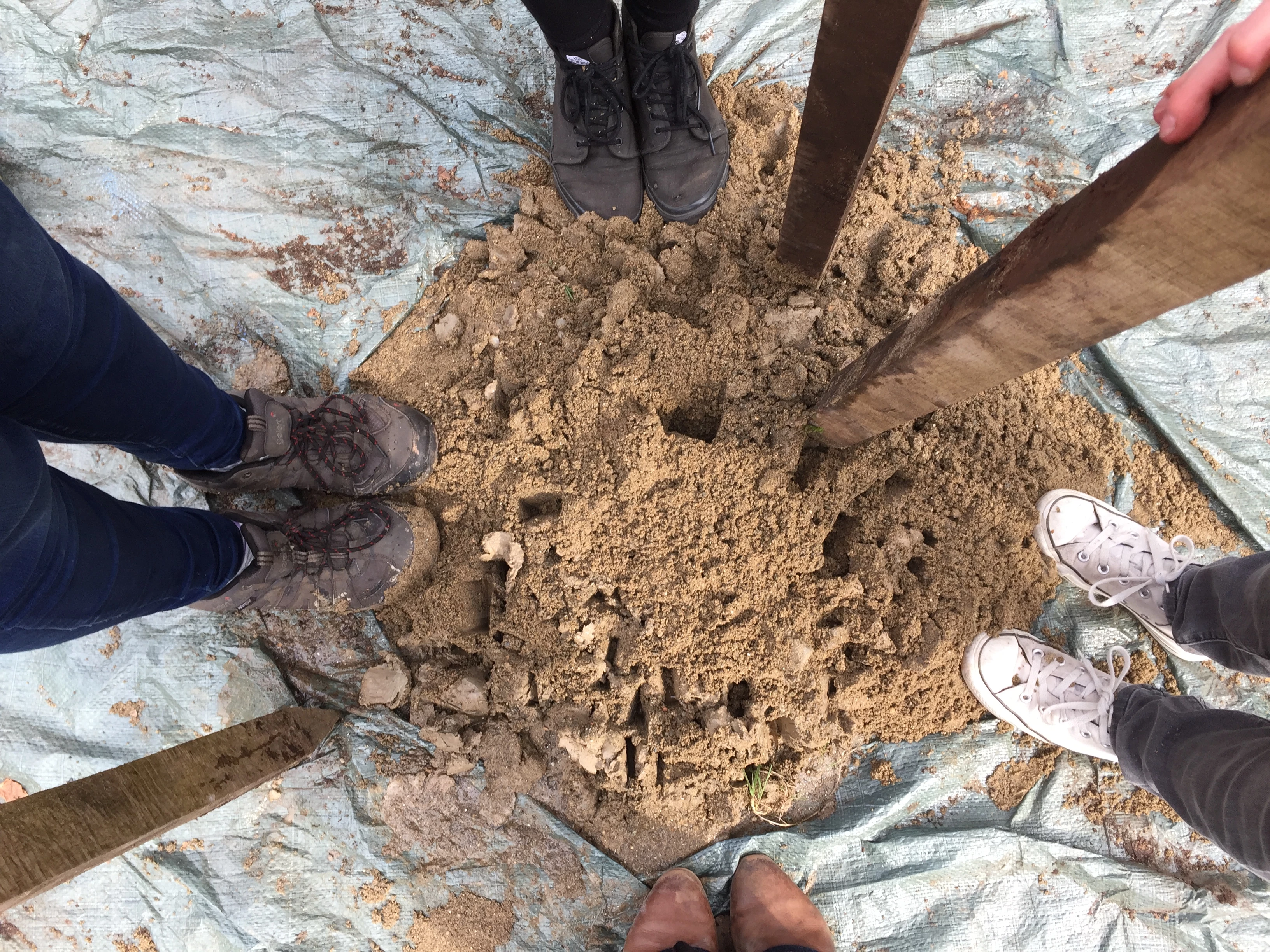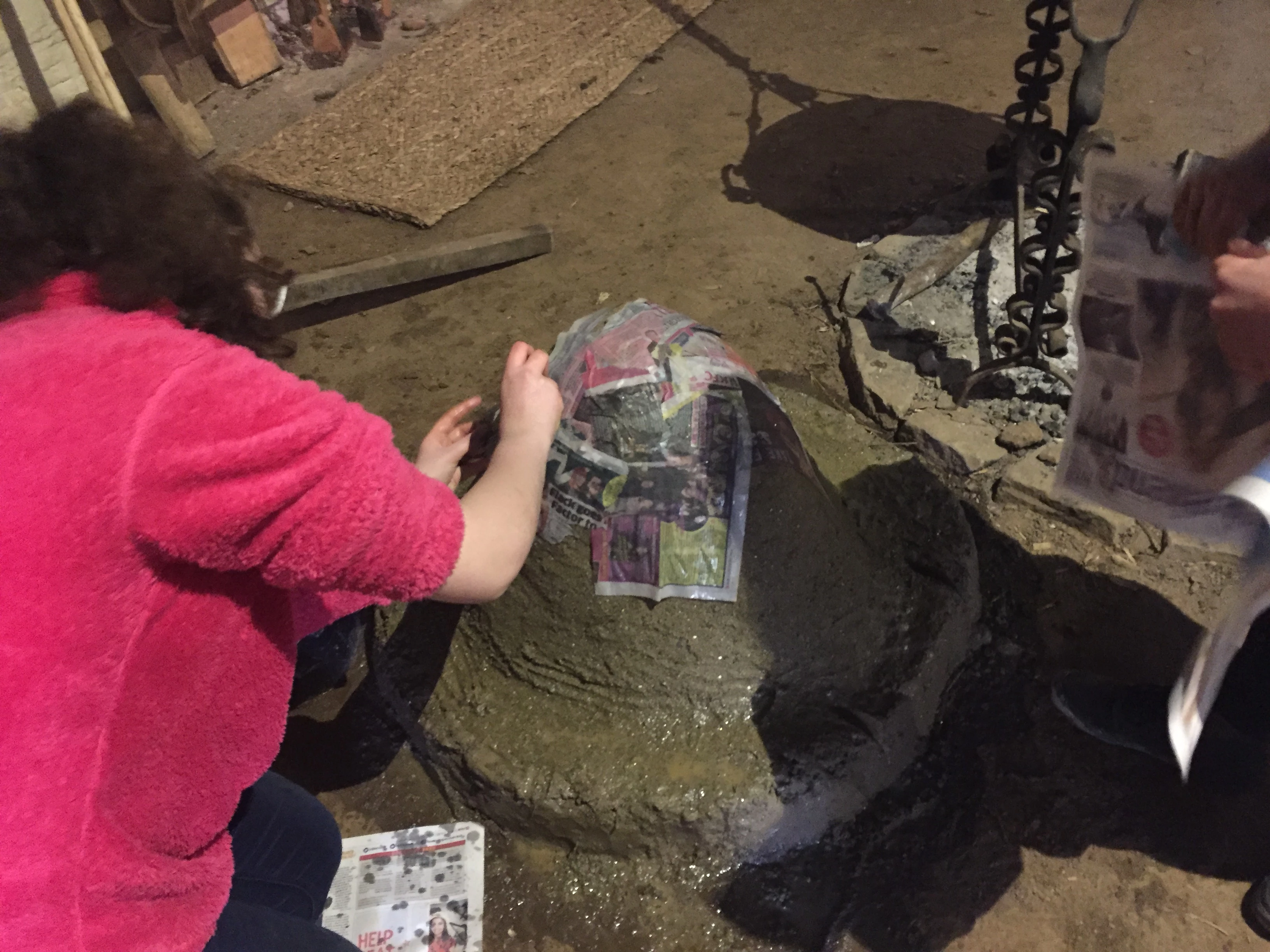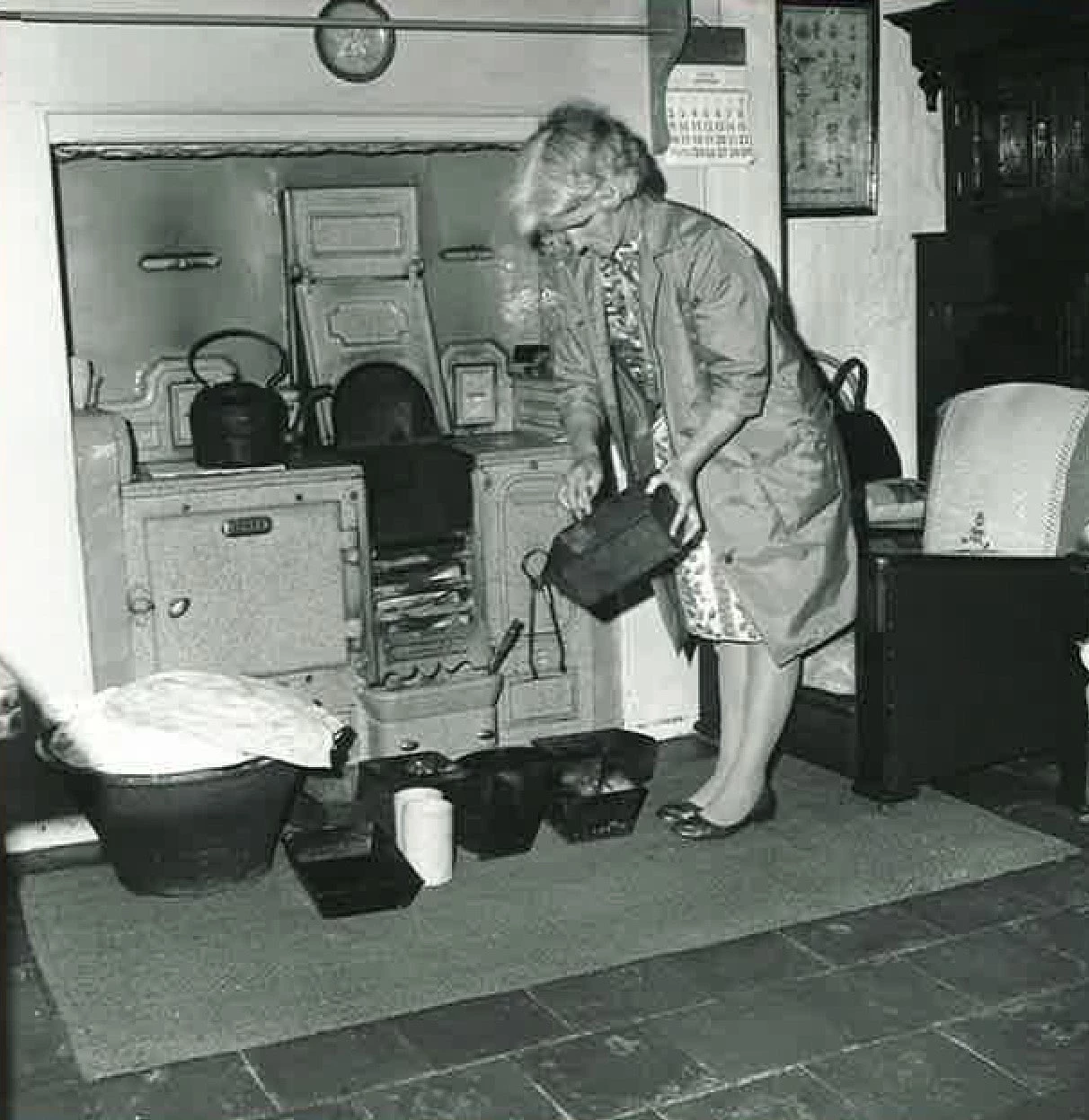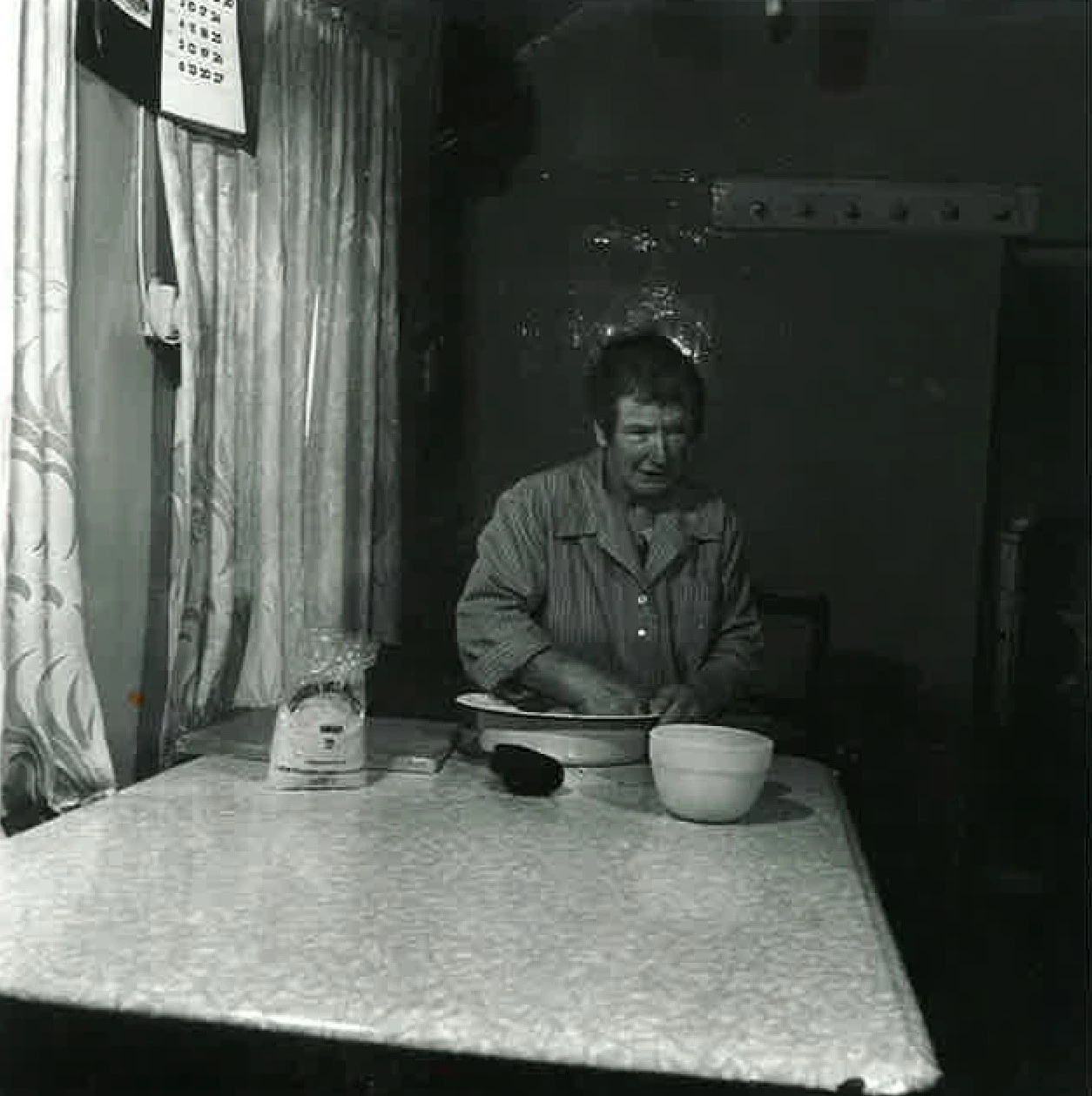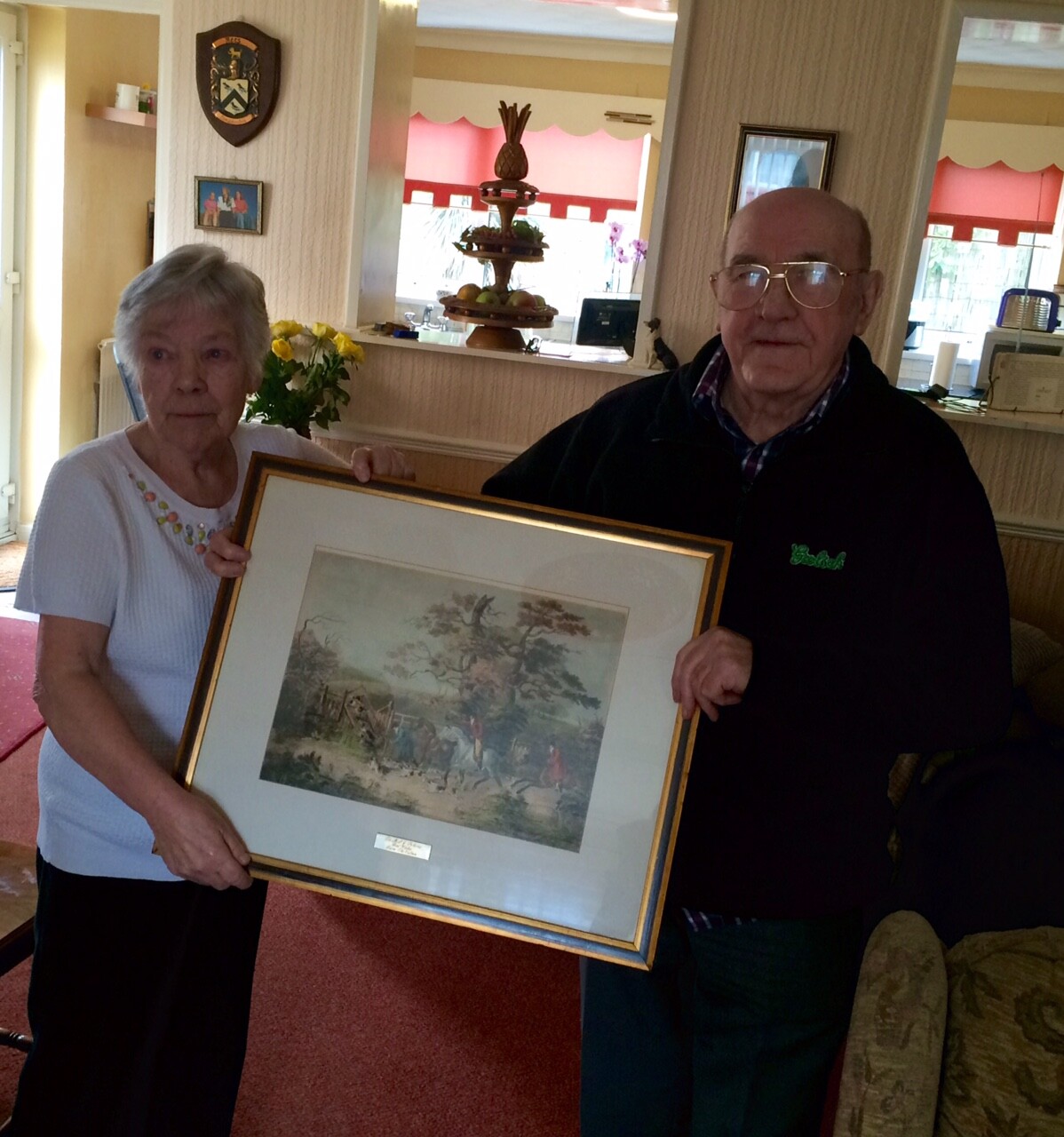A guide to lamb presentation - aka ‘what’s going on in there?’
, 13 March 2016
If you've been watching lambcam you'll have seen that sometimes our sheep get a little bit of help to give birth from our farm team. So for those of you who might be wondering what's actually going on in there...
As the ewe goes in to labour, her contractions push the lamb towards the outside world. The position of the lamb is known as ‘presentation’. It affects whether the ewe will be able to manage the birth on her own or might need some help from the shepherd.
- Ideal: Head and forelegs first. The most streamlined position – usually no help needed.
- One leg back aka ‘Superman’: May need help to push the lamb back and straighten the leg.
- Two legs back: Needs help to push the head back and bring the legs forward.
- Head Back: Needs help to push the lamb back and bring the head forward.
- Backwards: Although the ewe can deliver the lamb herself, there is a risk of the umbilical cord breaking before the head is out. This may result in the lamb drowning before birth.
- Breech (bottom first): Help will always be needed to sort this one out.
- Multiple mix ups: Twins, triplets and even quads can be no problem to deliver if they come one at a time. But sometimes things get tangled up in there and help is needed!
Thanks to Wynfford the Training Lamb and Flat Eric for their modelling work

